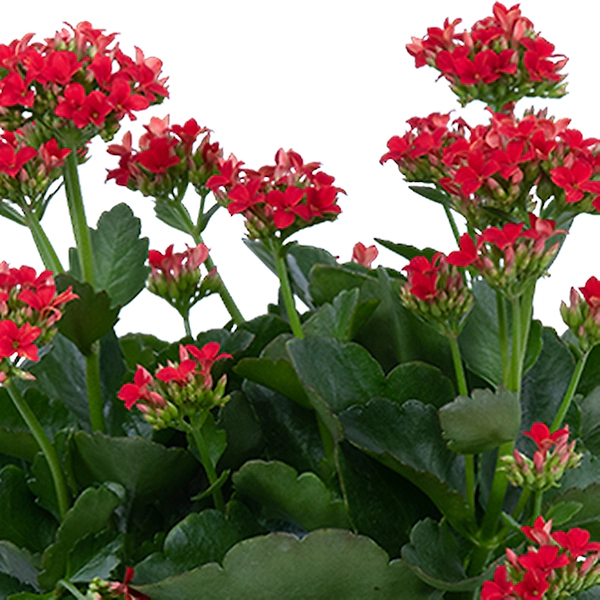As winter settles in, many of us find ourselves longing for color and life indoors. Winter-blooming houseplants provide the perfect solution, adding vibrancy to our living spaces and even improving our well-being. Research has shown that being surrounded by plants promotes relaxation, boosts mental clarity, and can even enhance pain tolerance and recovery. In addition to their mood-boosting properties, plants also help purify indoor air, creating a healthier environment overall.
During the colder months, I often turn my attention to houseplants that bloom in winter, transforming a dull room into a lively sanctuary. Over time, I’ve come to rely on a few specific plants that bloom consistently year after year. These plants—holiday cactus, kalanchoe, and amaryllis—are not only easy to care for but also improve with age, becoming even more impressive with each passing year.
Holiday Cactus: A Vibrant Winter Classic
Holiday cacti are a perfect choice for winter bloomers. Originally categorized by bloom time, these plants are now bred for larger, more vibrant flowers. They typically bloom from late fall to winter, but thanks to advancements in plant breeding, bloom times have become less predictable.
My favorite is a pink and white double-flowered variety that blooms intermittently from November through March. Holiday cacti thrive in bright, indirect light and can even be placed outside in a shady spot during the summer months. To encourage blooming, it’s essential to expose them to shorter days in the fall, as the long nights trigger the development of flower buds.

After blooming, let your holiday cactus rest in a cool area with minimal watering. After a couple of weeks, give it a good soak and return it to a warm, sunny location. You may be pleasantly surprised with a fresh burst of blooms as winter stretches on.
Kalanchoe: Cheerful, Long-Lasting Blooms
Kalanchoe, a hardy succulent, is another excellent choice for winter blooms. These plants produce colorful clusters of flowers in shades of red, pink, white, and orange, starting in late winter and continuing until early summer. With minimal care, kalanchoe can rebloom year after year.
Kalanchoe plants are particularly well-suited for outdoor living during the summer months, thriving in a shady spot. Like the holiday cactus, they respond to changes in day length, producing new growth in response to the longer days of summer. A few well-placed kalanchoes can provide a stunning display of waxy, long-lasting blossoms for several months.

Amaryllis: Bold and Beautiful
Amaryllis bulbs are a popular choice for winter bloomers, thanks to their large, showy flowers that bloom within about six weeks of planting. Amaryllis bulbs are often grown in pots, which allows you to easily bring them indoors during the colder months. These plants tend to bloom in late winter, and they can be coaxed into reblooming in subsequent years with the right care.
After blooming, amaryllis plants need a period of rest. I let mine spend the summer outdoors in a shady location, and then move them to a cool, dry space in late September to prepare for the next season. With only minimal water, they rest until the holiday season, when I bring them back into warmth and light. In about six weeks, they’re ready to bloom again, brightening up my home during the darkest days of winter.
Conclusion: A Natural Mood Booster
Winter-blooming houseplants offer a simple yet effective way to brighten your home and boost your mood during the colder months. By incorporating plants like holiday cactus, kalanchoe, and amaryllis into your indoor space, you’ll enjoy not only the beauty of their flowers but also the many benefits they provide for your mental and physical well-being.
